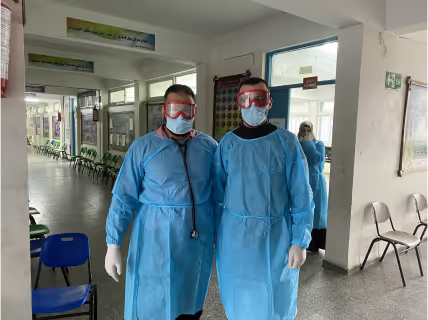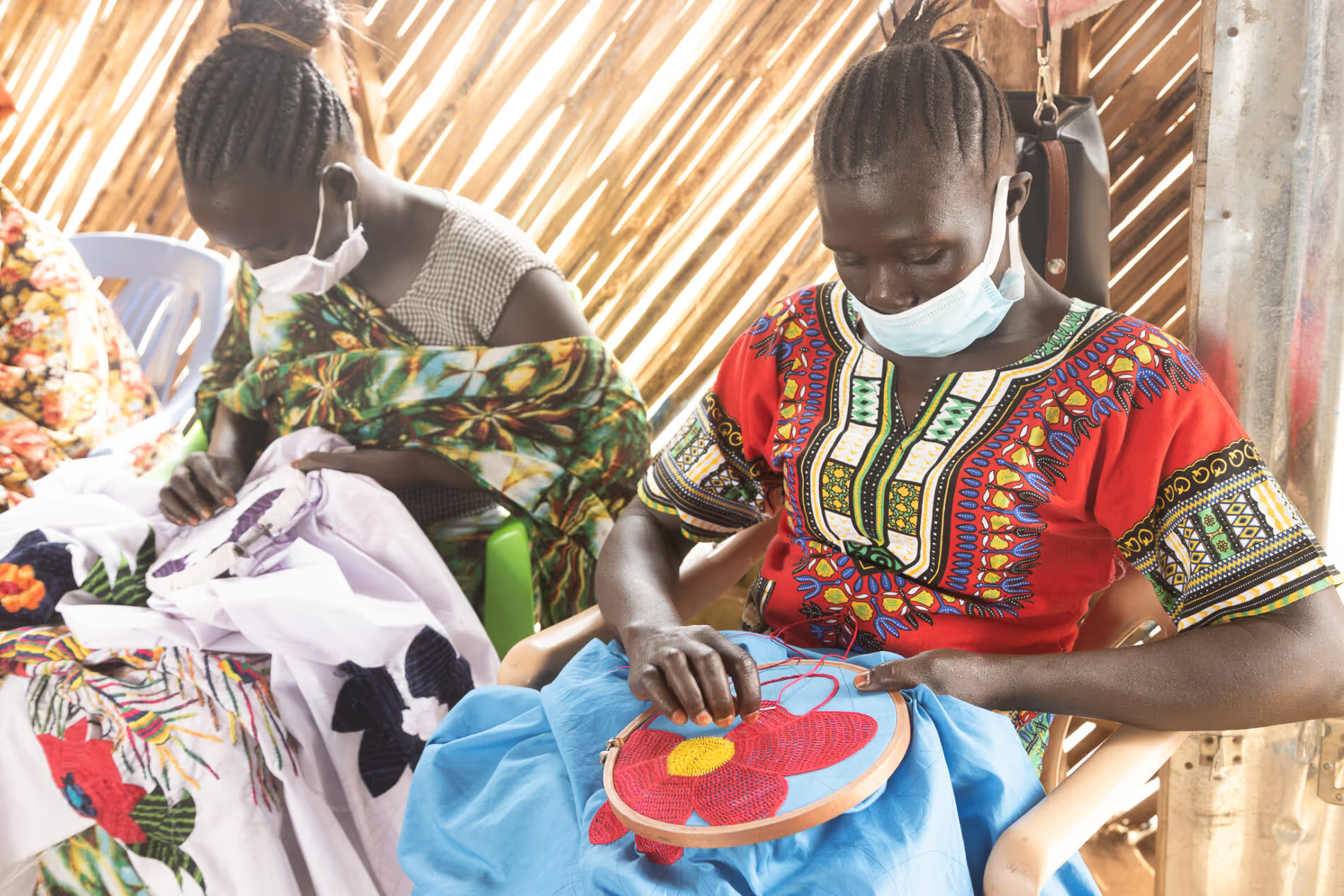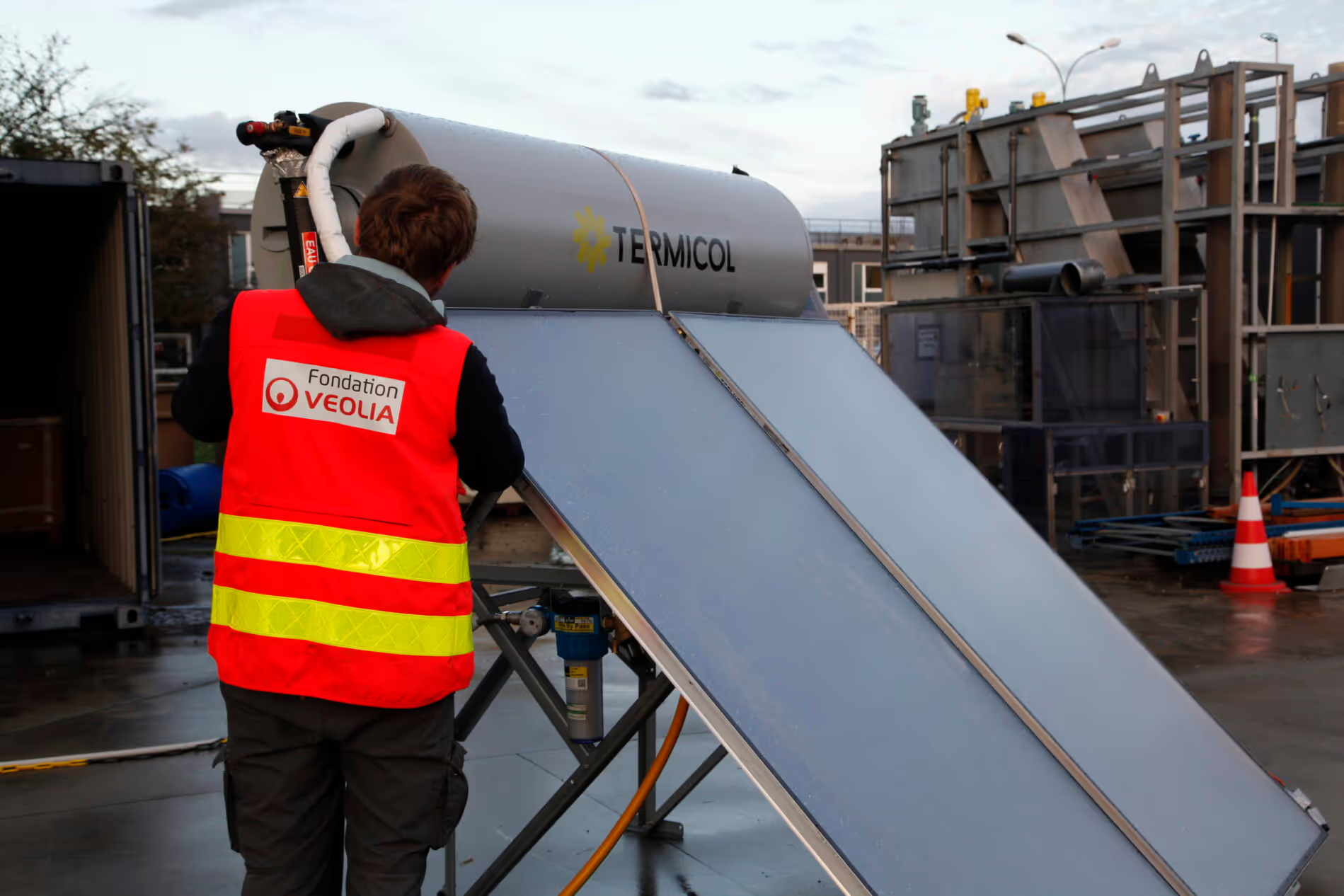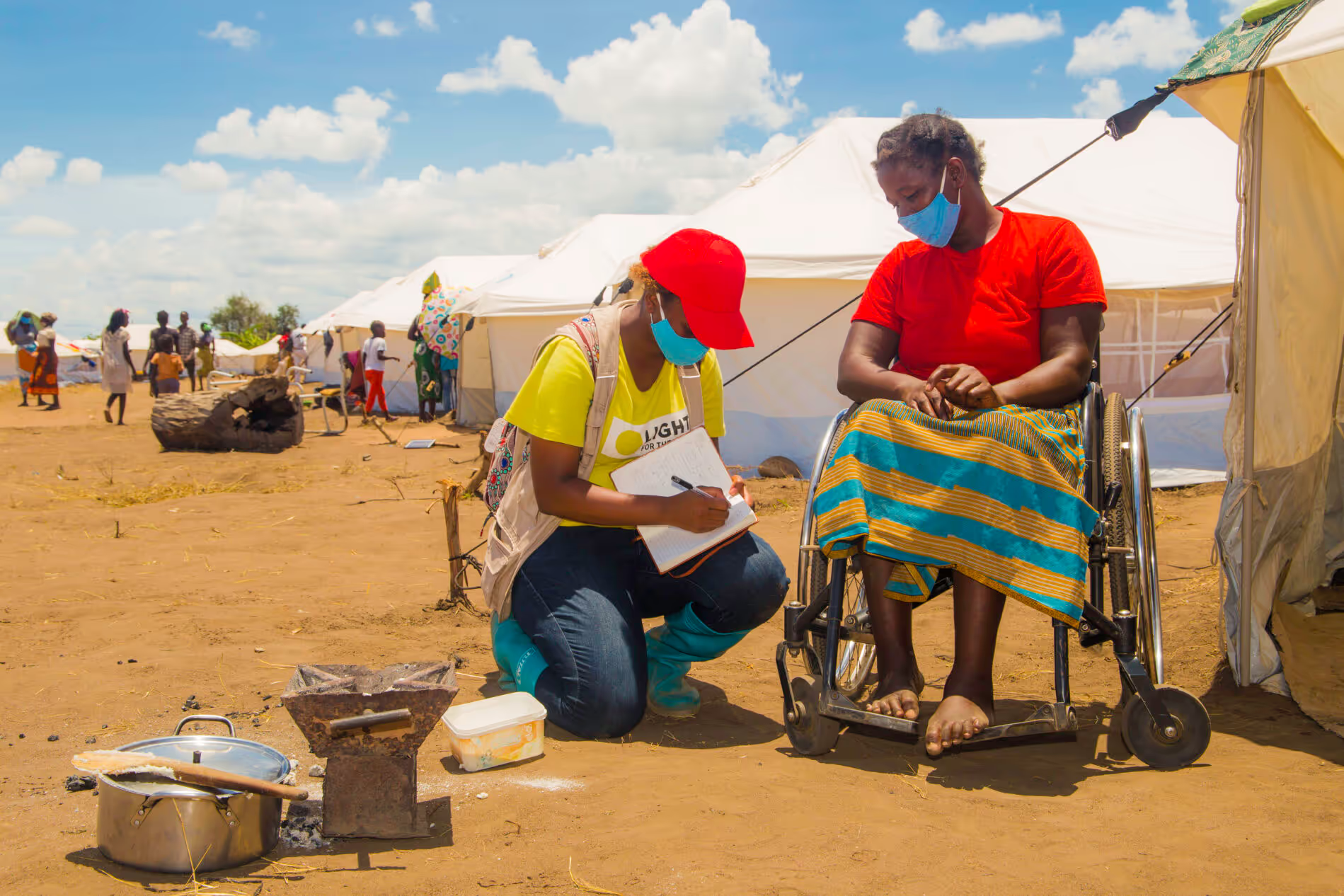Sanitation innovations for humanitarian disasters in urban areas
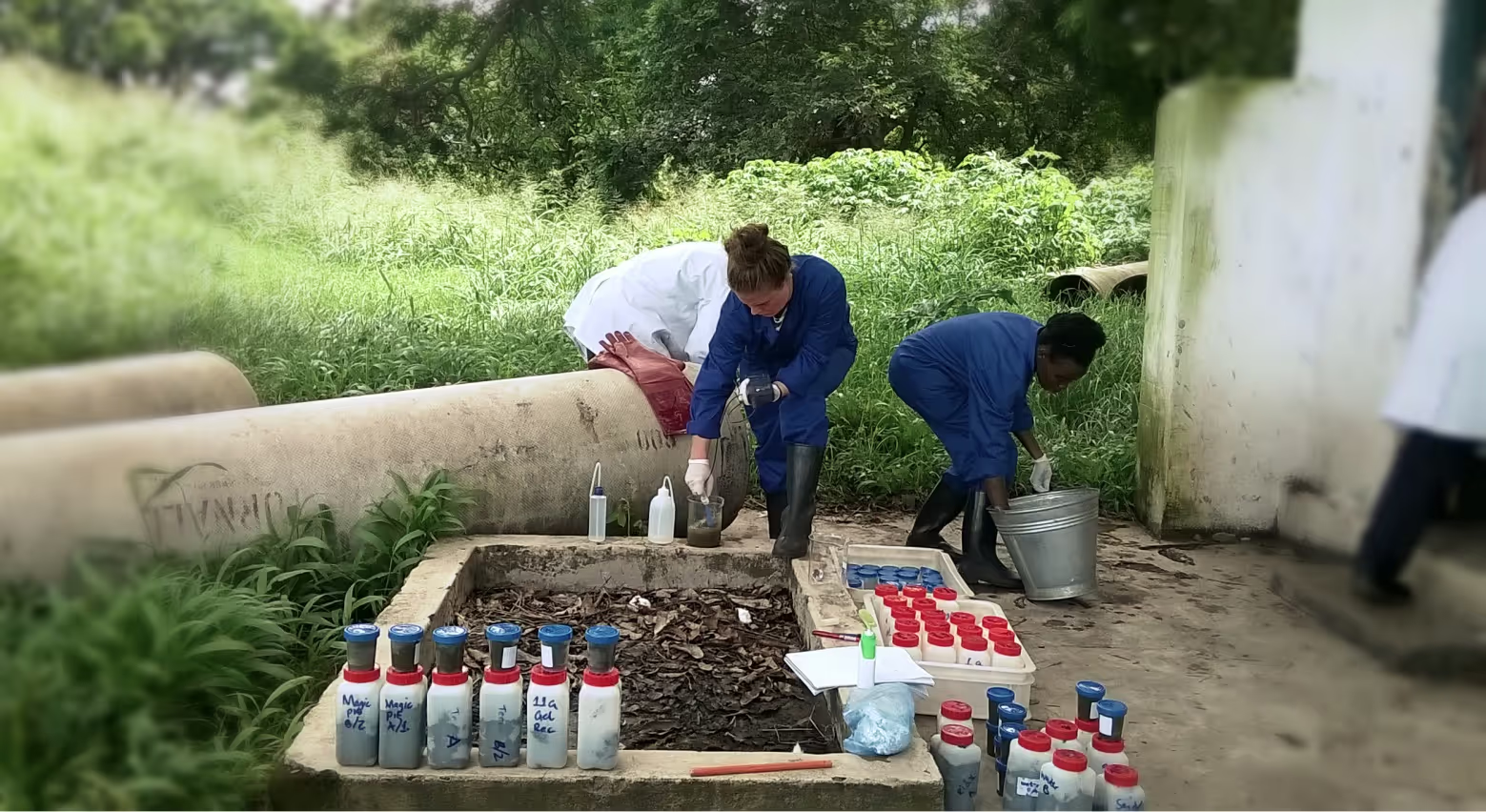
Project overview
The project aims to improve access to a safe sanitation system by using bio/chemical additives to sanitise and stabilise faecal sludge and limiting fill-up rates of faecal matter in on-site sanitation technologies.
Project solution
This project offers [specific solution or intervention] to tackle [challenge]. By implementing [strategies, tools, or innovations], the project aims to achieve [desired outcomes]. The approach is designed to [specific actions or methods] to bring about meaningful change in [community, region, or issue area].
Expected outcomes
This project aims to achieve [specific outcomes], such as [measurable results, improvements, or changes]. The expected impact includes [benefits to the target community, advancements in research or innovation, or long-term effects]. By the end of the project, we anticipate [specific changes or milestones] that will contribute to [broader goals or objectives].
During emergencies in urban settings when space is limited for sanitation and the use of facilities is high, latrines fill-up quickly. WASTE, LSHTM and their partners aim to improve access to a safe sanitation system by:
- identifying, developing, and testing effective bio/chemical additives that convert household faecal matter into a harmless and non-smelling product
- prolong the lifetime of on-site sanitation technologies by identifying key characteristics in management and microbiological make-up that could slow the filling-up of latrines.
WHAT IS THE HUMANITARIAN NEED?
Emergencies vary widely from the urban to refugee camp settings. During emergencies in urban areas when the sewer system is damaged the typical solutions may be household level containers (bags, buckets), however once the containers are full usually they are collected and disposed of in the environment without an appropriate treatment, causing pollution and transmitting diseases to the population.
The proposed innovations would identify products (bio/chemical-additives) to facilitate quick and safe disposal of faecal matter and/or reduce the fill-up rate of the container, therefore extending its life.
WHAT IS THE INNOVATIVE SOLUTION?
The project involves two innovative solutions to guarantee the access to a sanitation system during emergencies:
- The use of bio/chemical additives to sanitise and stabilise faecal sludge, and;
- Limit fill-up rates of faecal matter in on-site sanitation technologies.
The first innovation aims to sanitise and stabilise faecal matter by: defining the product (bio-additive) requirements in emergency situations; inventorying and short-listing existing bio-additives, and proofing the most promising solutions on real faecal matter.
The second innovation aims to develop a bio-additive that can promote rapid decomposition of faecal matter by: identifying pit’s characteristics to quick decomposition, identifying 100 latrines that never fill-up and sampling and analysing the contents of selected latrines.
;
WHAT ARE THE EXPECTED OUTCOMES?
- Set of requirements for bio/chemical additives to be applied in emergencies.
- Inventory and short-listing of the most promising bio/chemical additives existing in the market.
- Protocol to test the application of identified bio/chemical additives.
- Field test report to prove the products’ applicability.
- Set of parameters and criteria that define a good performing latrine.
- Identification of use and management factors associated with increased decomposition.
- Identification of bacteria, archaea, or enzymes suitable to be explored further as possible bio-additives.
Project delivery & updates
Stay up to date with the latest developments from this project. Here, you will find details on what has been delivered, resources created, and regular updates as the project progresses. Access key documents, reports, and other materials to see how the project is making an impact.


